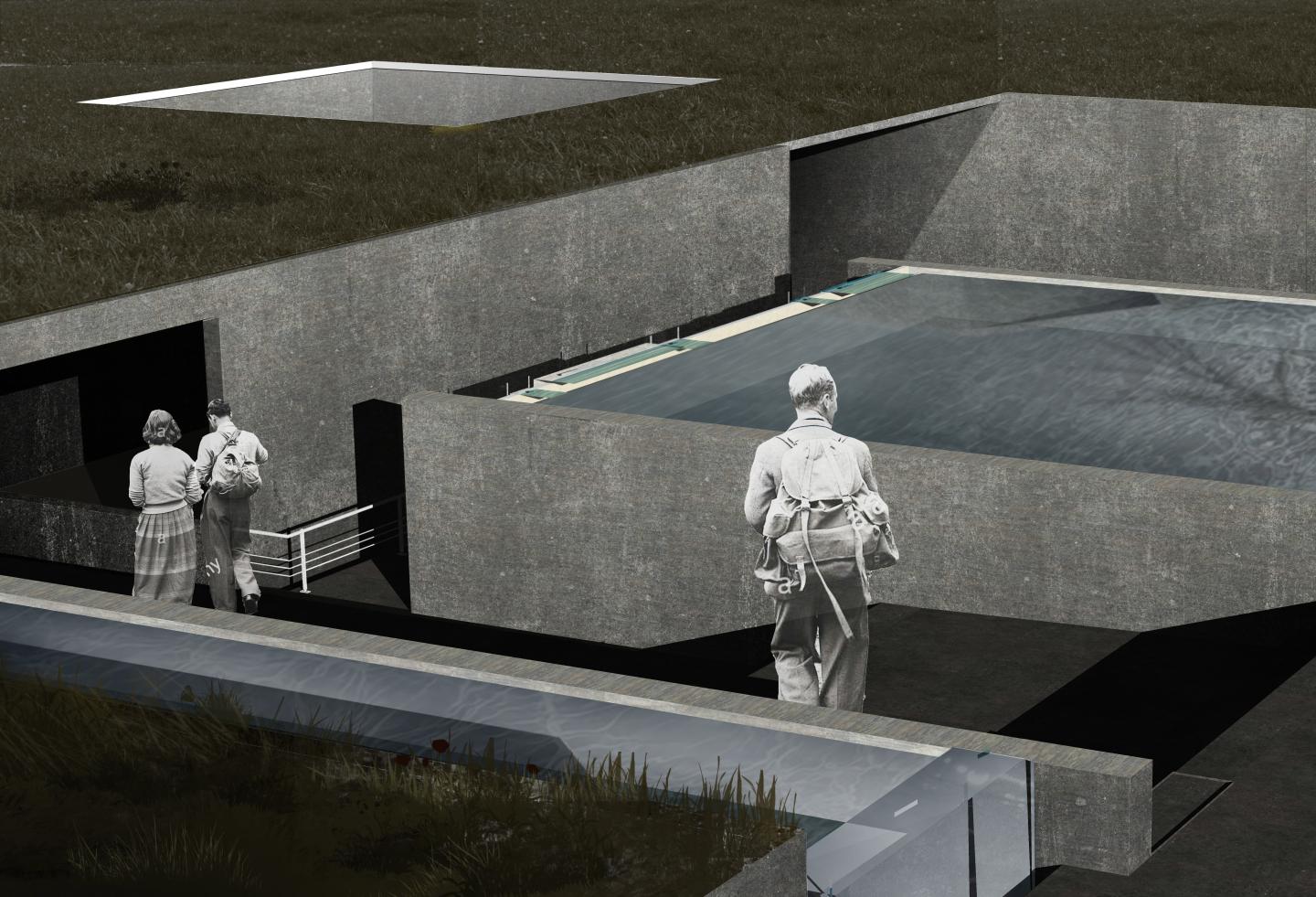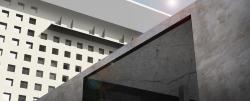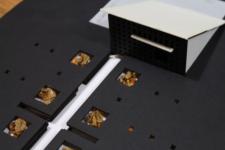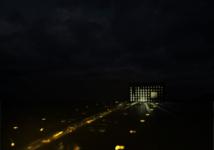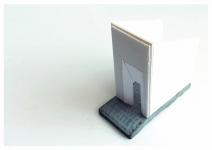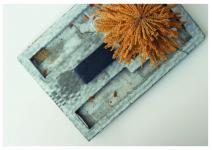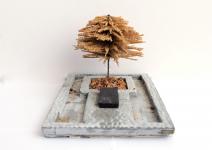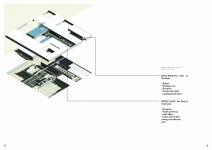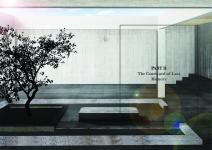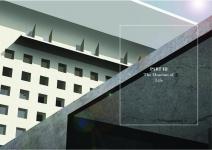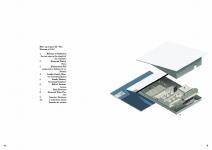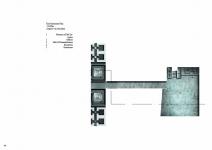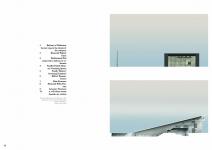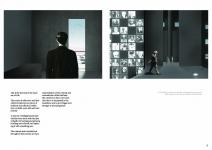The Museum of Life aims at redefining the cemetery, and designing rituals that reject the connection with the body, and instead focuses on the connection with the memories; as a result, creating a unit Cemetery that does not expand, and instead is reusable.
This means Death and memories are permanent, but the grave isn't.
The new cemetery suggests new rituals which reject the attachment with the human body (i.e. the specific-space burial, the tombstone, and one to one visitations of the physical grave), and instead focuses on the attachment with memories through rituals that focus on the deceased’s life, ideas and his relations with his family and friends, thus creating a new entity in the cemetery, celebrating human life, and human memories.
2017
0000
The museum of life goes at doing this by dividing the program of the cemetery into three main parts.
The first part “The encounter” is the first space in which people are confronting death, it’s a space of complexity and contradiction, the main feature of which, is that the family, and the deceased’s physical body do not share the same entrance, and instead lead two different journeys that funnel down in the end to join them together.
Second part is “The courtyard of last memory”, which is a space connected to the burial chambers.
In the courtyard the family sits together with their loved one, to bid them farewell. Since the family is not permitted to enter the burial chambers, the courtyard –instead of the grave, becomes where they have seen their loved one last, which creates a sense of connection to the space, and not the physical grave. In the future, the courtyards become a collective space for visitation instead of the Grave.
Third part is the Museum of Life itself where family members share memories of their loved one, and come visit their loved ones memories in different remembrance chambers, some of which are collective for huge families and others which are more individual for reflection and meditation.
Hala Makahleh
